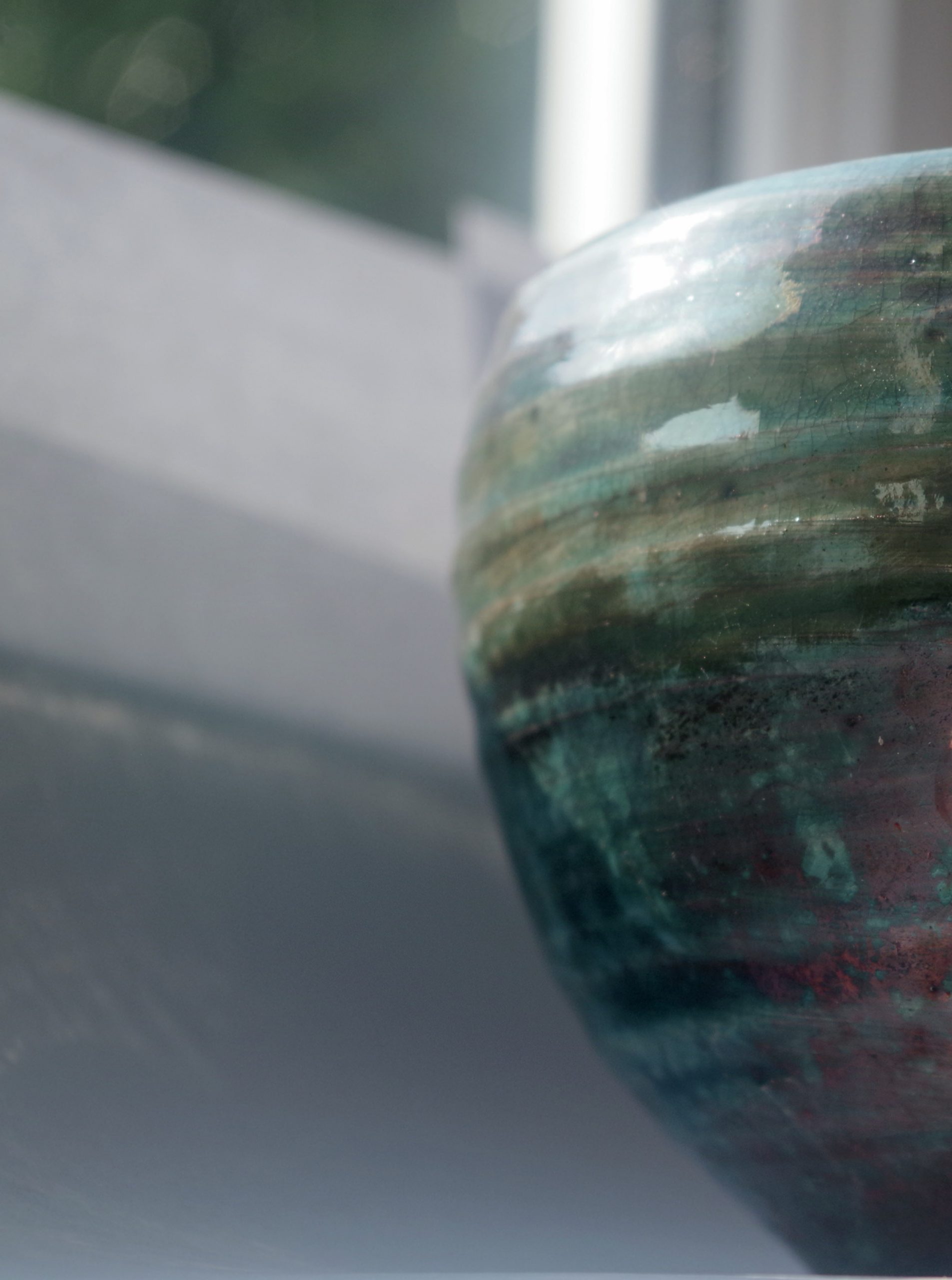
The unglazed stoneware clay pot is initially bisque fired before it is glazed. Glazes for raku pots are chosen to produce different colours and effects depending on their oxidation state. For example, copper-containing glazes can give rise to a shiny, red metallic effect, where the copper is in oxidation state zero (Cu); red, pink or yellow as copper(I) oxide (Cu2O); black in the form of copper(II) oxide (CuO); and green where copper(II) carbonate hydroxide (Cu2CO3(OH)2) is present.
Thank you to Fangfoss Pottery near York for allowing me to photograph the raku firing process.
Your organisation does not have access to this article.
Sign up today to give your students the edge they need to achieve their best grades with subject expertise
Subscribe




